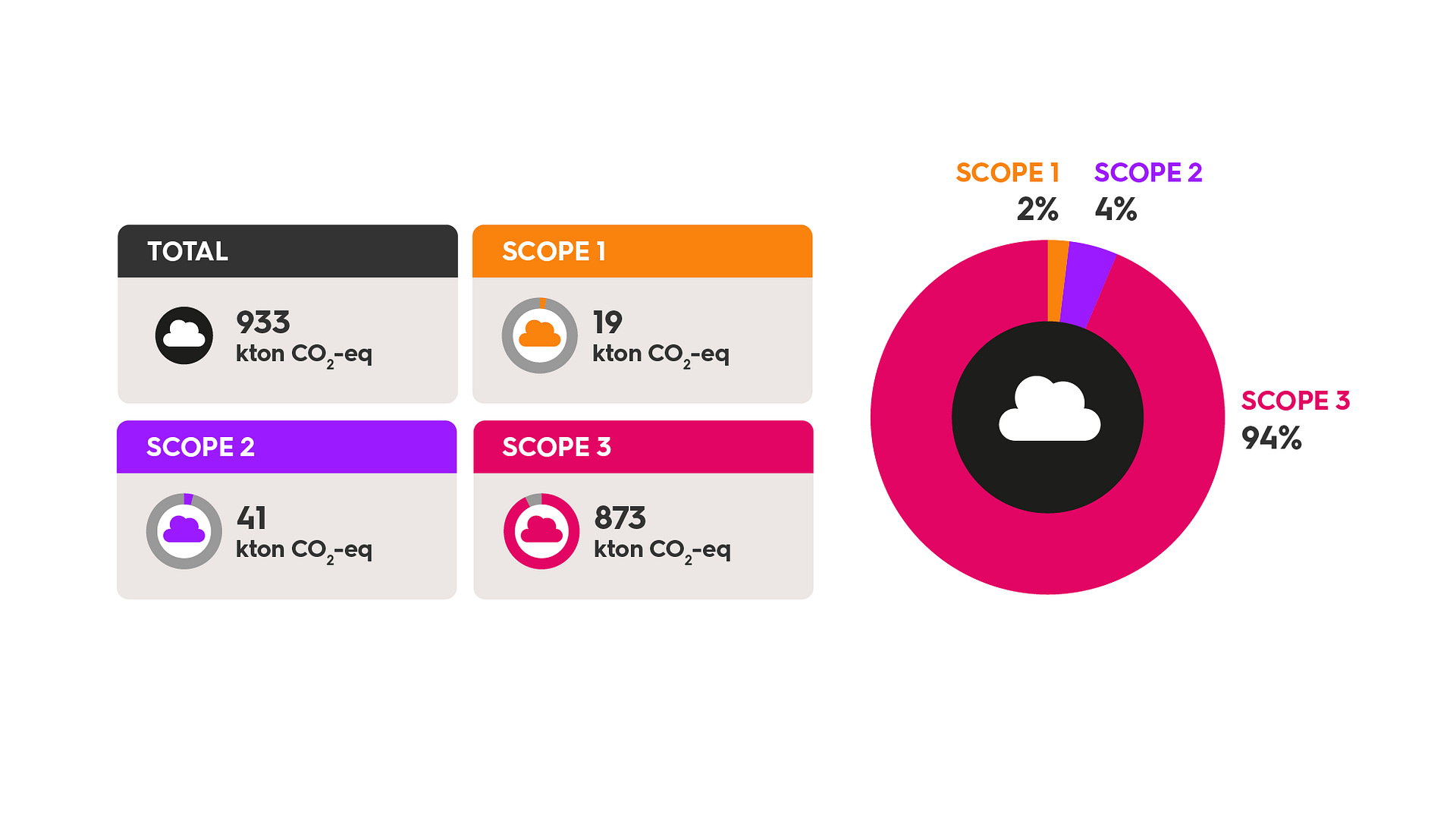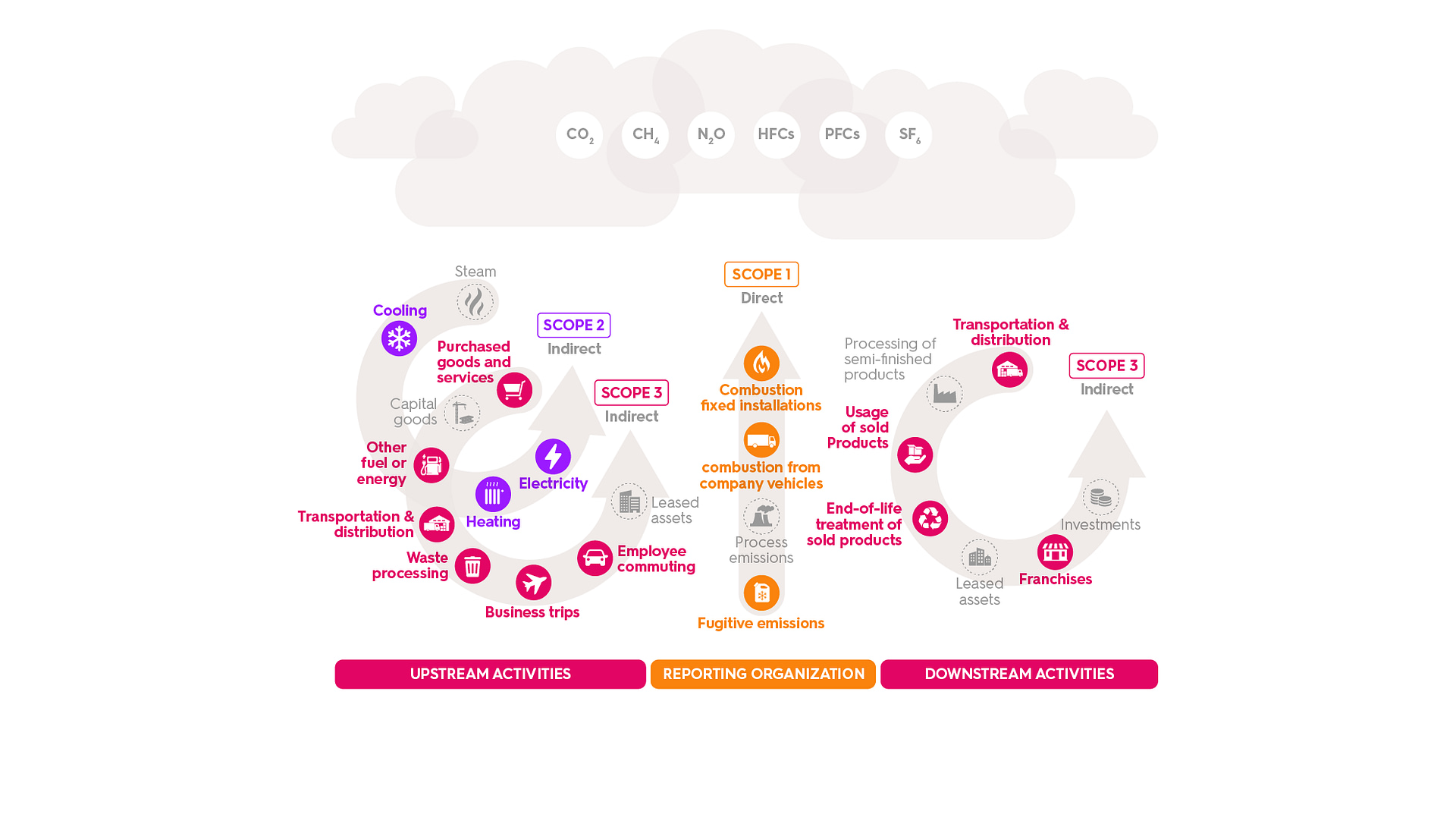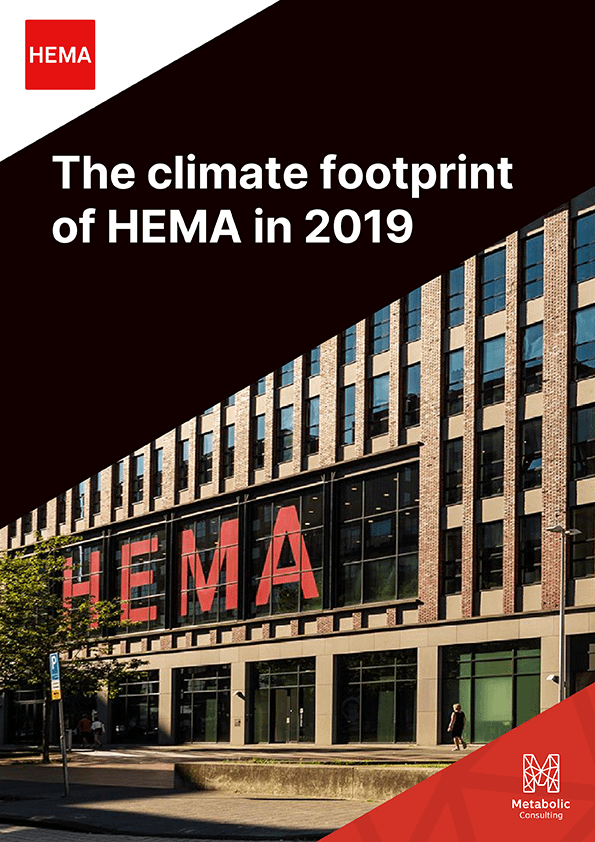HEMA’s journey to climate neutrality by 2050
Measuring HEMA's carbon footprint is the first step for ambitious CO₂ reduction targets
HEMA, a Dutch retail company with almost 750 stores, worked with Metabolic to start its journey to become climate-neutral by 2050. Insight is a critical first step in creating a successful environmental strategy and ensuring compliance with the forthcoming Corporate Sustainability Reporting Directive (CSRD). Following the Greenhouse Gas Protocol methodology, we calculated HEMA’s first carbon footprint, mapping scope 1, 2, and 3 emissions from 2019. HEMA plans to cut its emissions in half by 2030, according to the targets of the Science Based Targets initiative.
- Client: HEMA
- Date: 2023
Laying a foundation for HEMA’s environmental journey
Given the size of its operations, HEMA is directly and indirectly responsible for greenhouse gas emissions. Based on the Greenhouse Gas Protocol, these emissions can be classified in three ways:
- Scope 1 – Direct CO₂ emissions produced by HEMA. For example, CO₂ emissions generated from activities like heating stores and offices with natural gas or using diesel in HEMA’s trucks.
- Scope 2 – CO₂ emissions associated with energy procurement, such as from electricity use. These emissions may occur elsewhere but can be directly attributed to HEMA’s own consumption.
- Scope 3 – All CO₂ emissions linked to HEMA’s operations and connected activities. These can include but are not limited to: extracting raw materials to make products, transporting and producing products, business travel, and processing waste.
Measuring HEMA‘s Scope 1, 2, and 3 emissions
To calculate HEMA’s carbon footprint, we followed the Greenhouse Gas (GHG) Protocol, the international standard for carbon accounting. Employees from across the organization contributed data, which was then verified and cleaned. Metabolic processed more than 100 documents and more than 300,000 data points. HEMA’s data was then linked to greenhouse gas emission factors to determine the emissions of GHG per activity. Emissions in the value chain related to Forest, Land, and Agriculture (FLAG) were also included, as this is a new prerequisite for setting reduction targets through the Science-Based Targets initiative (SBTi).
Metabolic also assessed the quality of the provided data, considering completeness and accuracy. The results were verified by an independent third party. Based on this analysis, we made recommendations on how to improve the quality of data in the future.
HEMA plans significant CO₂ reductions
Based on this analysis, HEMA was able to identify what areas of their operations contribute significantly to their climate footprint, and where they could make impactful changes. The organization aims to now significantly reduce its CO₂-eq emissions by aligning global targets set by the Science Based Targets initiative. A key piece of its vision is to create durable products that last longer.
By 2030, HEMA aims to reduce the CO₂-eq emissions from its own operations (scope 1 and 2) by 75% compared to 2019, and those from other activities in the chain (scope 3) by 46%. Additionally, HEMA commits to the long-term goal of becoming climate-neutral by 2050. This is a continuous journey, so HEMA plans to annually report on its progress towards these targets through their carbon footprint.










